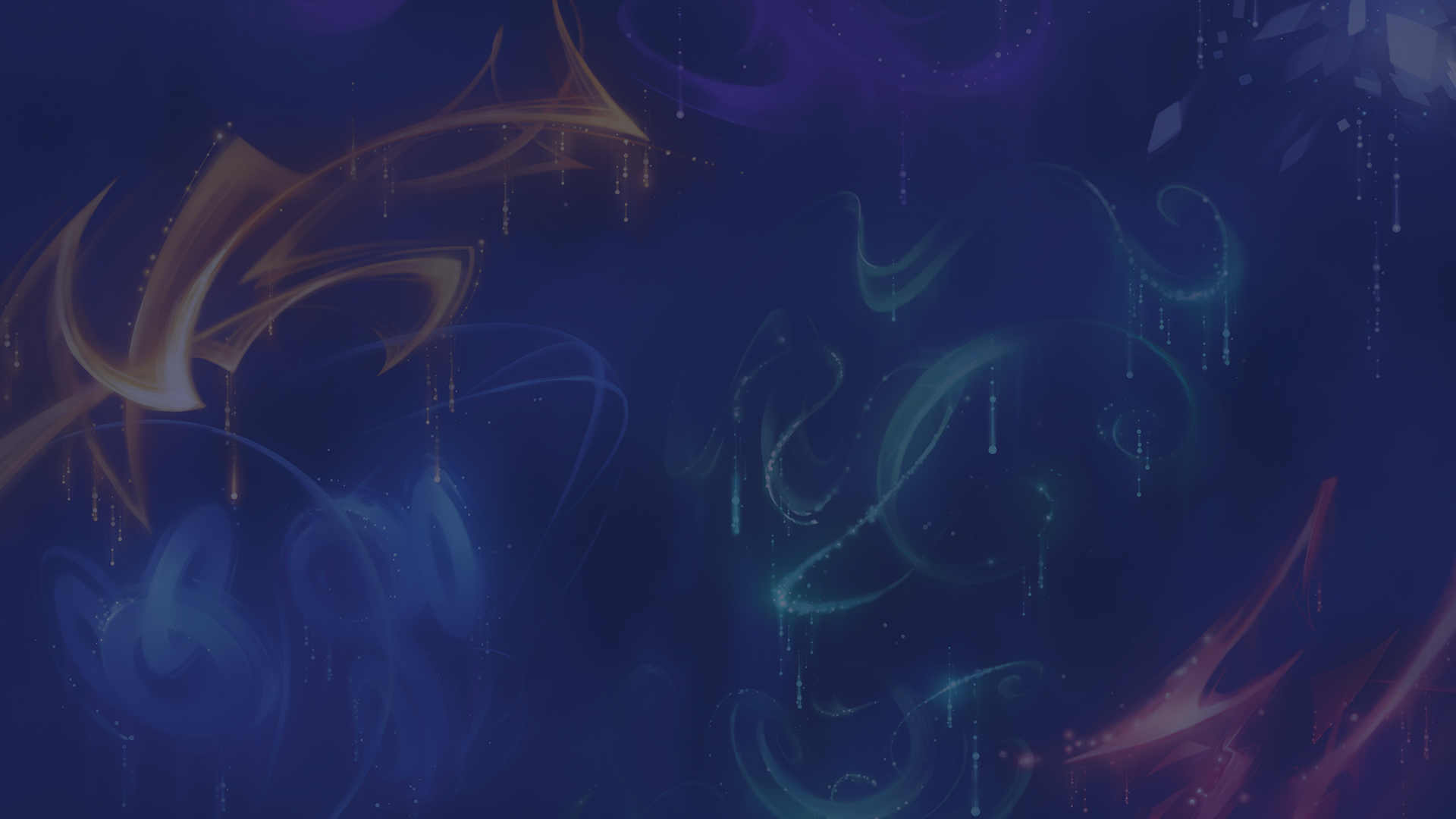To embark on the enchanted quests within Lorcana on a budget of $100, a thoughtful strategy in deckbuilding is paramount. The realm of Lorcana flourishes with diverse inks and glimmers, each possessing unique strengths. Constructing a formidable deck within a specific financial constraint necessitates a focus on synergy and cost-effectiveness, rather than chasing the most elusive or powerful individual cards.
One prudent approach would be to begin with one or two of the readily available starter decks. These pre-constructed decks, typically priced around $17 each, offer a foundational 60-card collection, including two foil cards, damage counters, a playmat, a tracker token, a quick-start rules sheet, and a bonus booster pack. Each starter deck champions a distinct pairing of two inks, providing a glimpse into different strategic orientations. The initial sets, like The First Chapter, offered combinations such as Sapphire and Steel (focused on strategy and resilience), Emerald and Ruby (emphasizing adaptability and speed), and Amber and Amethyst (centered on support and magical prowess). Subsequent sets introduced new ink pairings in their starter decks, such as Amber and Sapphire, and Amethyst and Steel in Rise of the Floodborn, and Amber and Emerald, and Ruby and Sapphire in Into the Inklands. Ursula's Return featured Amethyst and Amber, and Sapphire and Steel. Shimmering Skies presented Amethyst and Ruby, and Emerald and Steel.
Selecting a starter deck that aligns with a preferred playstyle is the first step. For instance, if a player favors a more controlling strategy, the Amber and Amethyst starter deck from The First Chapter or the Amethyst and Steel starter from Rise of the Floodborn or Ursula's Return could serve as a solid base. These inks often feature cards that manipulate opponents' characters or provide card advantage. Alternatively, for a more aggressive approach, the Emerald and Ruby starter deck from The First Chapter or the Emerald and Steel from Shimmering Skies might be more suitable, offering characters that can apply early pressure.
Having a foundational deck, the next phase involves refining it within the remaining budget. With approximately $66 left after purchasing two starter decks, the focus should shift to acquiring individual cards (singles) that enhance the chosen strategy, prioritizing common and uncommon rarities, which are typically more affordable than rare, super rare, or legendary cards. Online marketplaces and local game stores often offer these for relatively low prices.
For a player who opted for the Amber and Amethyst starting point, bolstering the deck might involve seeking out additional low-cost Amber characters that synergize with the starter's theme of supporting allies and Amethyst cards that can exert opposing characters or provide card draw. The song "Be Our Guest", a low-cost way to find character cards, could be a valuable addition to an Amber-heavy deck. Stitch – Carefree Surfer, while potentially a bit pricier as a more sought-after card, exemplifies the card-drawing capabilities that can enhance an Amber strategy focused on having multiple characters in play.
For those inclined towards the Sapphire and Steel starter, enhancing it could involve acquiring more robust Steel characters that can withstand challenges and additional Sapphire cards that facilitate inkwell acceleration, allowing for the deployment of higher-cost threats earlier in the game. Captain Hook – Forceful Duelist, a low-cost Steel character with the Challenger ability, can exert early pressure on opponents.
Regardless of the initial starter deck choice, a crucial aspect of budget deckbuilding is adhering to the fundamental deckbuilding rules: a minimum of 60 cards, no more than four copies of any single card, and the deck can only contain cards from one or two inks. Furthermore, ensuring a balanced ink curve—having a variety of card costs to ensure playable cards at each stage of the game—is essential for consistency. Aiming to keep the number of non-inkable cards below 16 can also improve the consistency of being able to add a card to the inkwell each turn.
Exploring online resources, such as Lorcana.gg, can provide insights into card prices and potential budget-friendly strategies. While the top-tier meta decks listed often have significant costs, examining their compositions can sometimes reveal more affordable common or uncommon cards that contribute to similar strategic goals.
Participating in local Disney Lorcana League events can also be a cost-effective way to expand a collection through prize support (like promo cards) and trading with other players. Additionally, these events often foster a community where players can share deckbuilding tips and insights.
In summary, with a $100 budget, the most effective approach to building a Disney Lorcana deck is to start with one or two starter decks that provide a thematic and strategic foundation. Subsequently, the remaining funds should be allocated to acquiring affordable common and uncommon single cards that directly enhance the chosen strategy, while adhering to fundamental deckbuilding principles and maintaining a balanced ink curve. Engaging with the local Lorcana community can further aid in acquiring budget-friendly cards and refining deckbuilding skills. This mindful and strategic approach will allow an Illumineer to craft a capable deck ready to uncover the lost lore of Lorcana without exceeding the stipulated financial boundaries.




